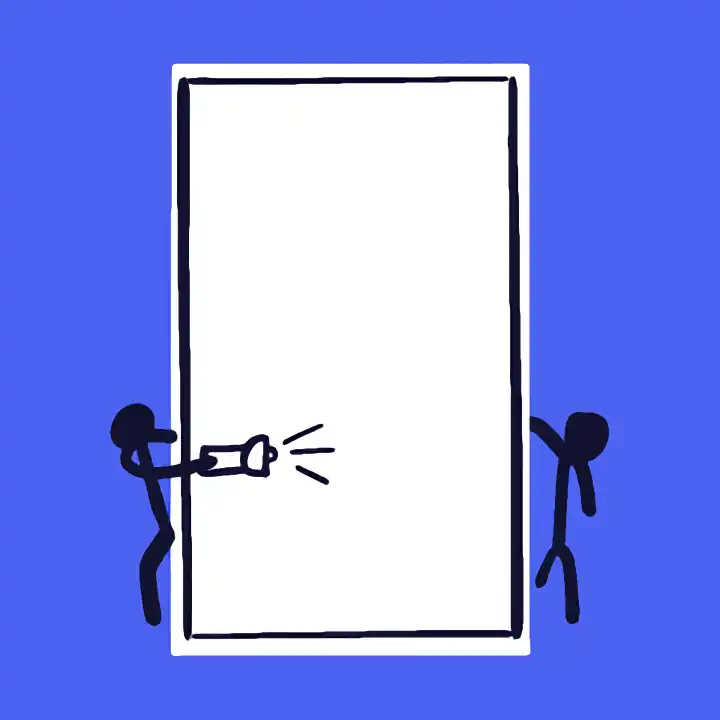Software licensing models and how to use them.
So, you’ve just finished your project in record time (thanks to Codebots) and you’re wondering where to go from here. Software development can be an expensive journey and those bills don’t just go away. It’s easy to see why the first step for most after completing a project is usually to monetise. While there are a number of ways to monetise, some types of software licensing are growing in popularity among project owners as a method of monetisation.
What is software licensing?
A software license is a legal instrument that allows others to use your software. To prevent people from stealing/replicating software, diligent project owners will copyright their IP, including source code. This is where a licensing agreement becomes necessary. Without it, using the software would constitute a breach of copyright law. A software license should explain to the end-user how they can legally use the software.
What about the cloud?
As we continue to move from locally installed software to cloud-based applications, licensing models must also adapt. You might remember driving to buy the old Microsoft Office CDs from a nearby tech store. That’s an example of perpetual on premise licensing. Many companies have moved away entirely from on premise perpetual licenses (or at least provide an alternative). No one wants to travel to purchase software if it can be downloaded online.
So, what’s become the new norm? On demand, subscription based licenses. A subscription based model allows users to purchase a subscription for a defined period of time (generally on a monthly or annual basis). There might be pre-conditions for the particular licensing agreement. For example, in order to qualify for the ‘Basic’ plan you must have less than 500 users. As soon as you eclipse those conditions, the licensing agreement ensures you move to the appropriate plan.
This has two advantages. Firstly, users only pay for what they need. It would be strange to think a huge multinational company using Xero could pay the same as a local convenience store owner.
Secondly, it fits perfectly with SaaS solutions. Instead of selling/licensing your software for $x upfront you license it out on a monthly basis. This ensures a constant stream of revenue from each user. It’s also much less intimidating. Would you rather pay $5,000 upfront or $200 per month. Obviously there’s a chance users will drop off, but there’s also a chance they will become lifetime consumers. At the end of the day it comes down to the quality of your software and the problem it’s solving.
Specific use licenses
Some software licenses are based on specific use-cases. For example, site licenses allow unlimited use from a single location (eg. company HQ). Contrast this to workstation licenses which allow unlimited use from a single designated device. Concurrent use licenses allow unlimited use in terms of locations and devices but cap the number of concurrent users who can access the software using your license.
What does the future hold?
It’s safe to assume cloud based subscription licensing will continue to be the dominant licensing model. This plays into the hands of a decentralised workforce eager for cost effective solutions. By 2020 it is forecasted that 50% of the U.S. workforce will be freelancers in some capacity. Demand drives supply, and flexible software licensing models are in demand.
The Open Web Application Security Project (OWASP) can help you navigate web security standards.




